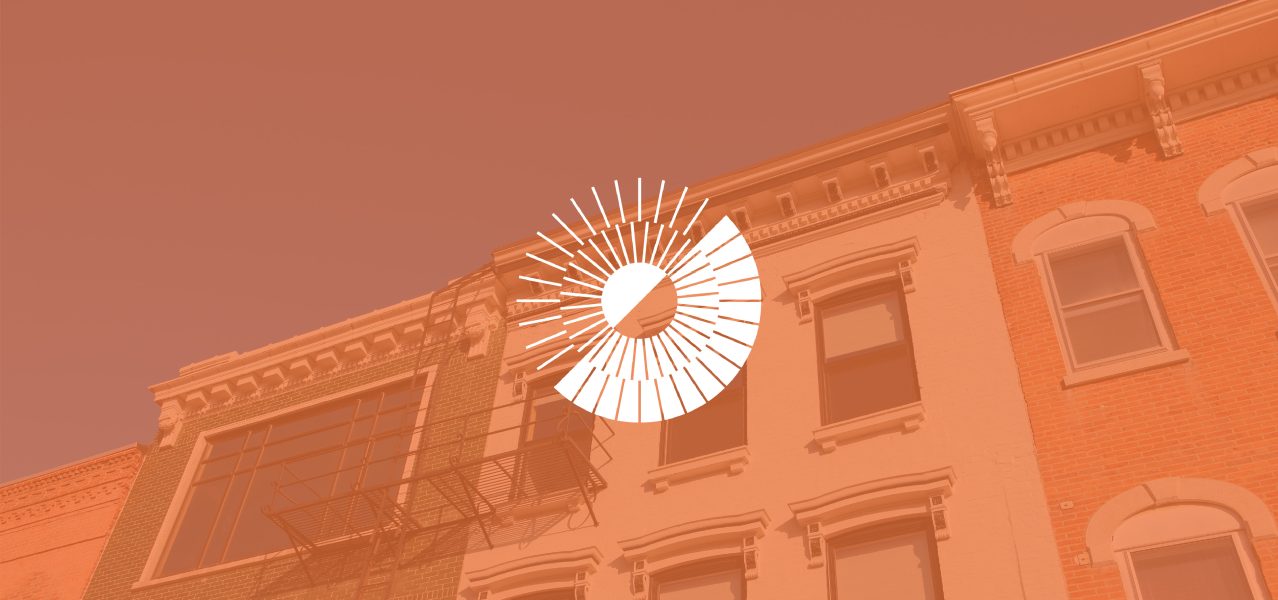Unequal by Design: A Historical Perspective on Economic Inequality Across Communities
March 31, 2025
Month 1: The Foundations of Economic Inequality in the U.S.
The first section of the Economic Inequality series explores how race, geography, class, and government policies contribute to economic inequality in the U.S. Racial disparities, driven by practices like redlining and wage gaps, hinder wealth accumulation and opportunity. Geographic divides highlight the economic struggles of White rural communities and the shift of poverty from cities to suburbs. Class also plays a key role, with wage stagnation, generational poverty, and limited education access worsening inequality. The paper further examines how early gaps in education and healthcare restrict upward mobility and suggests comprehensive policy reforms to address these inequalities.
Download the full section here.

